Projects
Supporting innovative, cutting edge ideas, the Research Innovation Fund (RIF) provides seed grants for cross-college collaborative projects.
How do I apply?
Project Description
Media
Filters
- Project Types
- All
- Animal Health
- Aquaculture
- Automation and Robotics
- communities
- Communities/Farmers/Relations
- Computational Modeling
- Controlled Environment Agriculture
- Crop Production
- Dairy/Livestock Production
- Data Integration and Processing
- Farmers
- Farmers, Communities, Relationships
- Food Safety
- International Agriculture
- Iot and Networks
- Machine learning
- Machine Learning
- Plant Breeding
- relations
- Sensing Technology
- Soil
- Trustworthy AI
- Years
- Project Creators
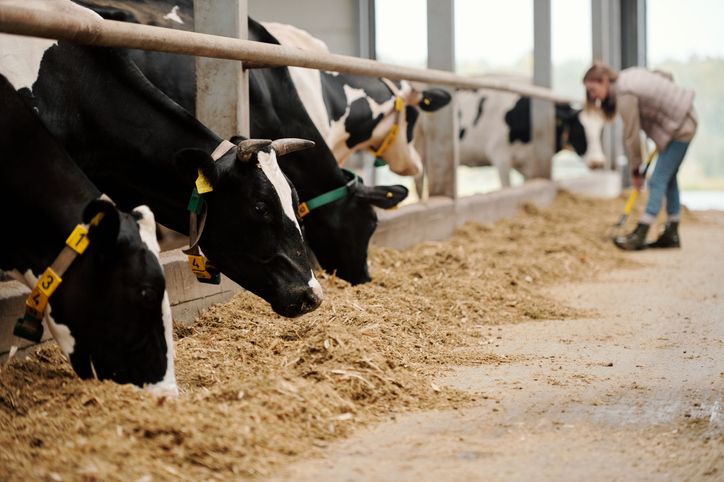
Development of Predictive Models to Accurately Detect Subclinical and Clinical Mastitis in Dairy Cows Milked with Automated Milking Systems
Inflammation of dairy cow mammary glands, or mastitis, is one of the most important diseases in dairy production. Costs related to veterinary service, labor, loss of saleable milk, reduced milk production, and culling make it one of the most costly dairy diseases. In conventional milking systems, detection of clinical mastitis (CM) is straight forward by identification of abnormal milk or a swollen quarter, but subclinical mastitis (SCM) is only identified by a somatic cell count (SCC) ≥ 200,000 cells/mL. Accurate and timely detection of SCM has the potential to improve milk quality and farm economics. We propose to develop predictive models to accurately detect clinical mastitis (CM) and subclinical mastitis (SCM) in dairy cows milked with automated milking systems. These systems automatically provide hundreds of data points from each cow at milking. We will collect quarter level data points, such as milk yield, milking time, duration between milking visits, kick-offs, incomplete milkings, and conductivity, and use them to develop an algorithm for accurate identification of cows at the onset of CM and SCM. Not only will this provide a substantial economic benefit by reducing the costs associated with mastitis, but it will also improve animal welfare. While automated milking systems are still rare in the dairy industry, there is a projected annual increase of 20 to 30% in the coming years, in part as a way of addressing the current labor challenges in the dairy industry. New York State is seen as a leader in the dairy industry both locally, regionally, and globally and development of an algorithm for accurate identification of cows with CM or SCM will keep New York State on the leading edge of adoption of agriculture technology.
Rick Watters (CVM), Kristan Reed (CALS)
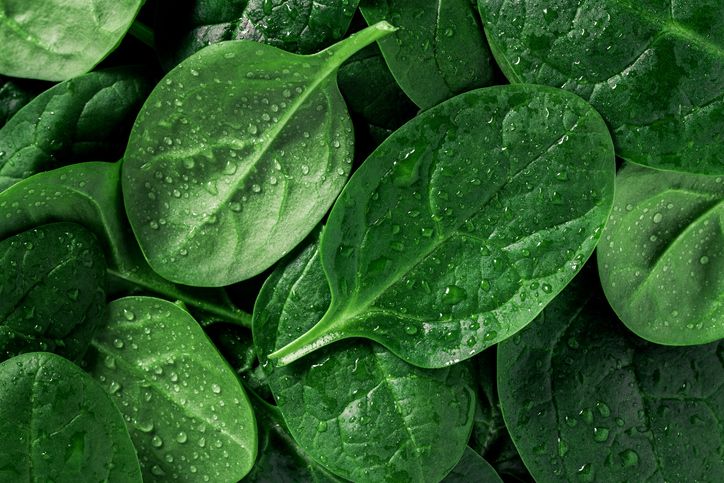
Microbiome-Informed Computational Models and Decision Support Tools to Predict Fresh Produce Spoilage: Spinach as a Model System
Microbial food spoilage is a significant economic, environmental and societal problem: 40% of food in the US is reported to go to waste, with 2/3 of this spoilage being estimated to result from unwanted microbial growth. The goal of this project is to develop a computational model of microbiome interactions and perturbations during processing, transportation and retail for predicting shelf life of fresh spinach. Prediction of food spoilage in the food industry to date is typically based on limited laboratory experiments and shelf-life studies conducted under a single or very few conditions. Actual product however is produced and distributed under a range of very different conditions throughout the supply chain. Hence, there is a need for transformative solutions to reduce food waste using a systems approach, in which innovative technologies are integrated across each stage of the supply chain to reduce the volume of food wasted. In this study, we will construct computational models and decision support tools to predict shelf life using both classical microbiological and metagenomics data. This work will serve as a basis to later develop and pilot transformational strategies to reduce food waste through more accurate shelf-life prediction.
Martin Wiedmann (CALS), Renata Ivanek Miojevic (CVM)
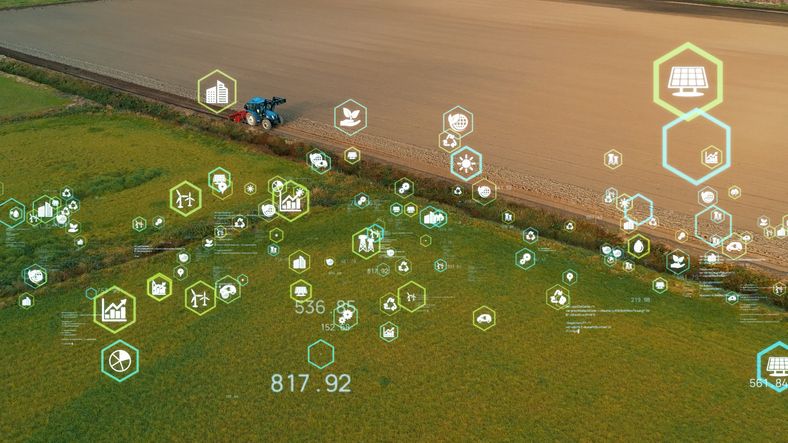
Novel Human-Machine Interface in Agriculture for Better Data Collection and Agronomic Assistance
Digital agronomy has the potential to significantly improve both crop productivity and environmental stewardship by optimizing several aspects of crop management including input placement, resource use, and timing of operations. Curating management data on the farm for digital agronomy applications requires significant time, skill, and attention from the farmer, which explains in multiple instances the limited availability of that data. Without a way to collect farm data systematically and reliably, small and medium farmers may lag behind in the digital revolution happening in agriculture, hindering their ability to remain competitive and meet increasing environmental standards. This project proposes a novel approach to both simplify and improve crop management data collection process with a novel human-machine interface solution. An interactive voice system in the tractor’s cabin can be used to exhaustively collect farm management data more reliably and efficiently than current crop management data recording processes and provide tactical answers to farmers.
Louis Longchamps (CALS), Wendy Ju (CIS), Immanuel Trummer (COE), Diane Bailey (CALS), Mike Stanyard (CALS), Erik Smith (CALS), Michael Hunter (CALS)

Optimization of The Milk Harvesting Process Through Automation and Data Integration
Adequate udder stimulation of dairy cows before milking is critical for the harvest of high-quality milk, traditionally achieved through milk stripping by hand. To date, dairy operations apply a fixed pre-milking stimulation regimen to all cows, irrespective of their physiological needs. This results in delayed milk ejection (DME) in approx. 25% of cows on New York State dairies. Delayed milk ejection leads to poor milking efficiency, impaired teat and udder health, and reduced milk yield. We estimate that DME results in an income loss of approx. $250,000/year on a 1,000-cow dairy. Accommodating the physiological requirements of individual cows in a precision dairy farming system is of utmost importance to optimal milk harvest and animal well-being. To achieve this, a new dimension for automated identification of cows with DME and providing them with additional pre-milking stimulation using automated pre-milking stimulation (APS) systems is critical.
Matthias Wieland (CVM), Julio Giordano (CALS), Paul Virkler (CVM)

Real-time Control of On-farm Water Treatment Infrastructure to Enhance Biological Removal of Nonpoint Source Nitrogen Pollution 
The use of Internet of Things (IoT) tools in agricultural water quality management is a nascent field but holds great promise for innovating decentralized biological treatment systems geared for reducing nonpoint source nitrogen releases from excess fertilizer use. This project proposed to produce a first-of-its-kind testbed IoT-enabled denitrifying bioreactor that will produce novel data on the use of real-time control techniques to enhance nitrate load reductions under real-world conditions. This project aims to retrofit existing edge-of-field denitrifying bioreactors with sensors and actuators to enable real-time control of water levels and labile carbon concentrations in formerly static bioreactors. It will also serve to demonstrate the application of digital tools for agricultural water quality management – and address a critical sustainability challenge for agriculture and food production.
Matthew Reid (COE), Nils Napp (COE), Scott Steinschneider (CALS)

Illuminating Belowground Environments by Harnessing Plant Metabolites for Programmable Plant Phenotyping
In spite of its potentially massive agricultural and economic impact, state-of-the-art methods remain unable to reliably predict plant performance in real-world field conditions. Much of what is known regarding plant performance in controlled laboratory conditions fails to hold true in real-world environments. To facilitate the translation of “lab knowledge” into functional predictions in the field, we will develop an underground biosynthetic sensor that enables the molecular dynamics of belowground processes to be illuminated aboveground. Biosensors will be used to transmit belowground detection of environmentally-responsive flavonoids into the arial half of the plant where these signals can be detected using automated phenotyping. This project will ultimately produce a new transformative technology for interrogating root-environment interactions. This tool can be engineered to detect almost any below-ground interaction that triggers the production of a specific metabolite (e.g. pathogens, beneficial microbes, and toxic compounds), and thus can be widely adapted to address a range of agricultural challenges.
Sijin Li (COE), Margaret Frank (CALS)

Intermediaries in Agtech Systems of Innovation: Between Entrepreneurship and Social Impact
The agricultural innovation landscape is rapidly evolving, and a host of new actors are diversifying a space traditionally dominated by government agencies, public universities, and established agribusiness firms. Globally, investments in agtech start-ups amounted to $30 billion in 2020, representing a 34.5% increase from just the year before (Investable Universe, 2021). Intermediary actors, often referred to as incubators (and accelerators), have arisen in this context to fill a gap in the innovation ecosystem. These incubators often position themselves as mission-oriented – that is, their goals are not only to spawn successful commercial ventures but also to produce positive societal impact by supporting enterprises that contribute to solving social and ecological problems. There is growing interest in metrics, oversight, and reporting protocols to address the challenges of securing and communicating social impact, but these practices are very uneven and very little is known about their performance. This research project stands to generate insights into how entrepreneurs, investors, and innovation intermediaries anticipate, negotiate, and address social impact goals in order to strengthen accountability in innovation ecosystems.
Steven Wolf (CALS), Mukti Khaire (CIS), Gregory Ray (JCB), Zach Shulman (Entrepreneurship at Cornell), Matt Marx (Dyson)
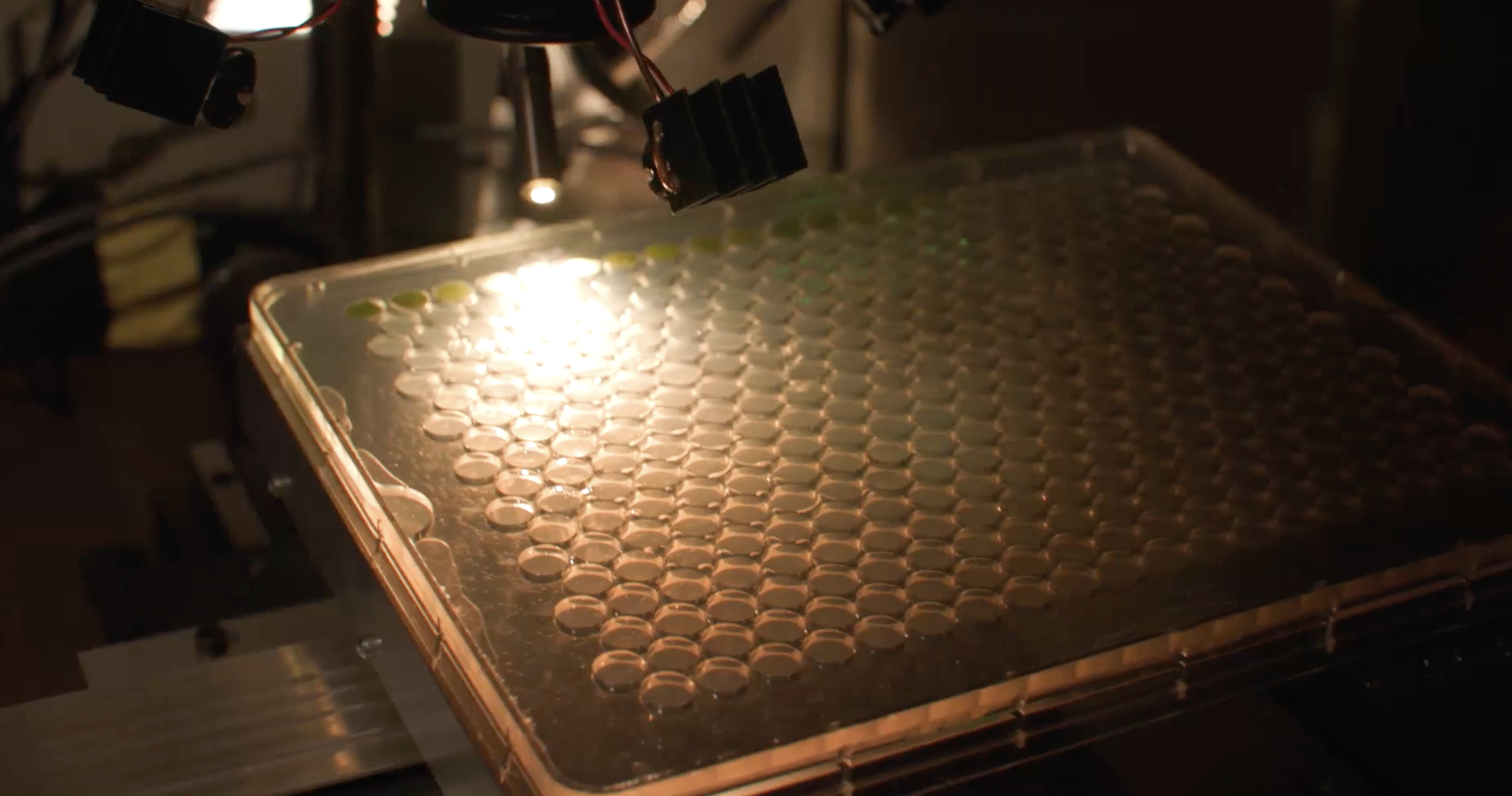
Human-Centered Hyperspectral Sensing Robot and Analysis System for Plant Stress Research and Management
Sensing, robotics, and artificial intelligence (AI) are the leading edge of a technological revolution in agriculture. Present barriers unnecessarily destroy users’ interest in technology adoption, constraining HTP and DA applications to a narrow slice of what should be a broad, if not all-encompassing stakeholder base. This project proposes to develop a human-centered hyperspectral sensing robot and analysis system that enables not only critical research experiments but also confident adoption of AI technologies for data analysis and decision recommendations, moving from highly controlled to more complex systems.
Yu Jiang (CALS), Qian Yang (CIS), Katie Gold (CALS), Hans Walter-Peterson (CALS), David Gadoury (CALS), Lance Cadle-Davidson (CALS)
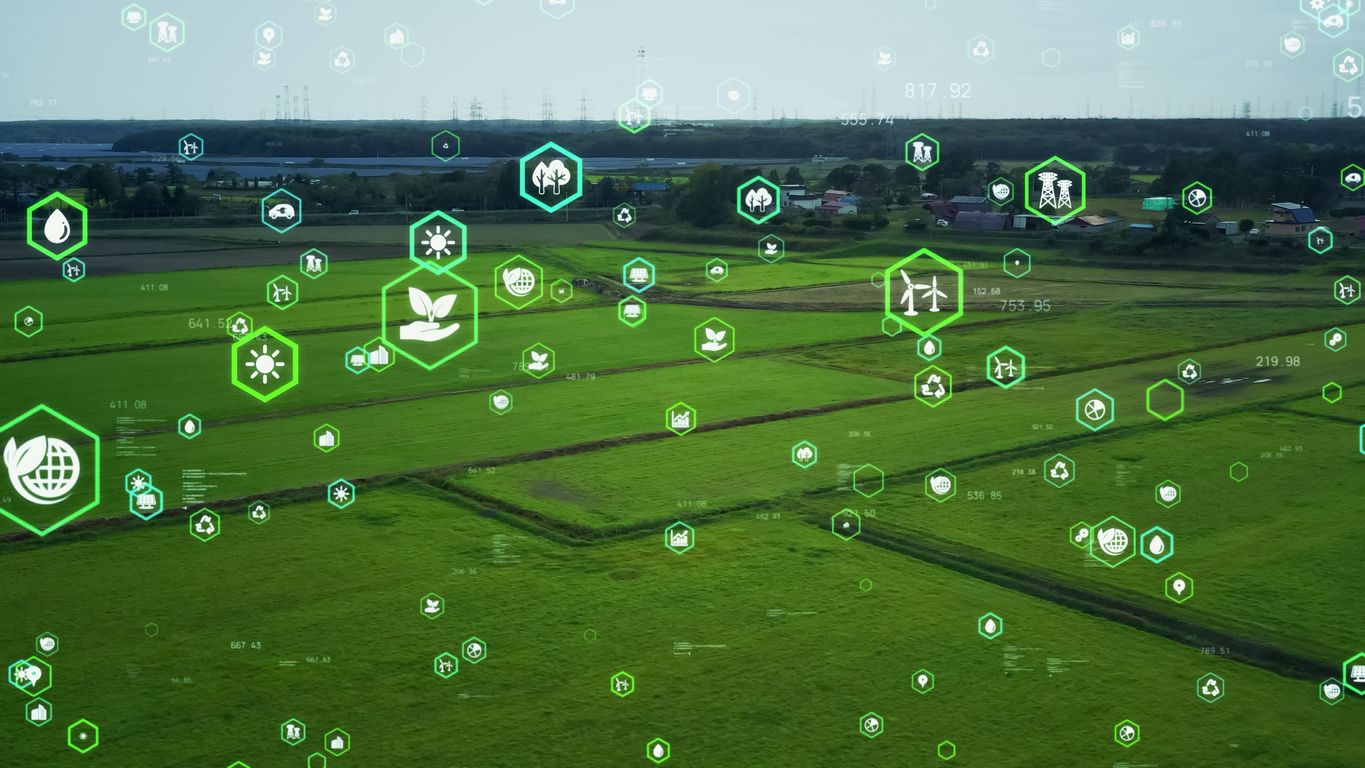
Expanding design of agricultural IoT to address practices beyond production (planning grant)
The proposed work explores ways to expand the design space of “Internet of Things” (IoT) agricultural technology by cross-informing work in social studies of agricultural technology with cutting-edge design research. Most digital agriculture aims to improve the productivity, profitability, and/or predictability of farming while reducing environmental costs. In this project, we propose to expand the range of agricultural IoT design by focusing attention on what we term “practices beyond production.” Recognizing that farms are not simply sites of rational food production, our work explores the potential for the design of agricultural IoT systems to address non-economic issues such as vocational and family values of farmers, human-animal-plant relations and care relationships, and farms’ participation within their rural communities.
Phoebe Sengers (CIS), Lee Humphreys (CALS)
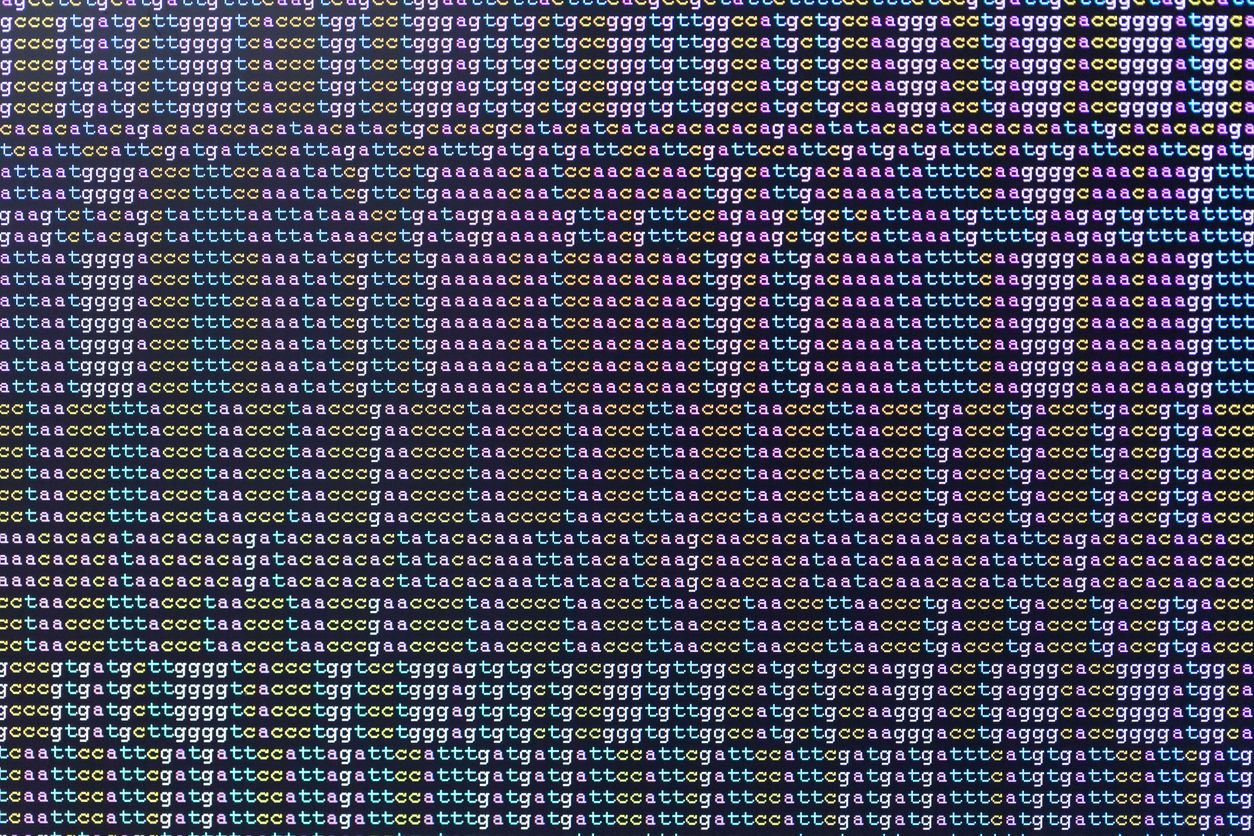
Accurate and Affordable Genotype Imputation for Plant Breeding Based on Machine Learning
Advances in technology are enabling the collection of vast amounts of genetic and phenotypic plant data. This data can help explain the genetics of traits important in agriculture and contribute to the development of sustainable food systems. The long-term vision underlying this project is to understand how genetics and the environment determine phenotypes important in agriculture and use this knowledge to develop methods and protocols for improved plant breeding. Central to this effort will be the development of techniques and frameworks in machine learning that enable modeling complex genetic datasets. If successful, these efforts will enable breeding crops that are more nutritious, require less water and fertilizer, and resist disease, ultimately improving human and environmental health.
Volodymyr Kuleshov (CIS), Jaehee Kim (CALS), Kelly Robbins (CALS), Edward Buckler (USDA)
Become a Fellow
Stay up to Date
If you have a disability and are having trouble accessing information on this website or need materials in an alternate format, contact [email protected] for assistance.
CIDA Copyright 2023 | CIDA is an equal opportunity employer | Terms of Use | Privacy Policy